Having explored the center of Antwerp on the prior days, it was time to leave the city. Lier was in the overlap between nearby places flagged for a possible visit and those recommended by a native of Antwerp who was working the hotel desk the night before.
With a population of just thirty-five thousand, Lier would be easy to overlook. The main attraction is an unusual clock that has a small place in Belgium’s history. Between that and a town square lined with well-preserved buildings, it didn’t disappoint. After more than two weeks of too much movement, and with another fast-paced stretch of travel coming up, a small town fit well into a more relaxing day.
The trip there only required a short walk back to the central station and an 18-minute train ride to cover the less than ten miles to Lier. Lovely weather encouraged killing a bit of time on a scenic walking route and offered an opportunity to take a few well-lit photos along the way.
On the Way Through Antwerp
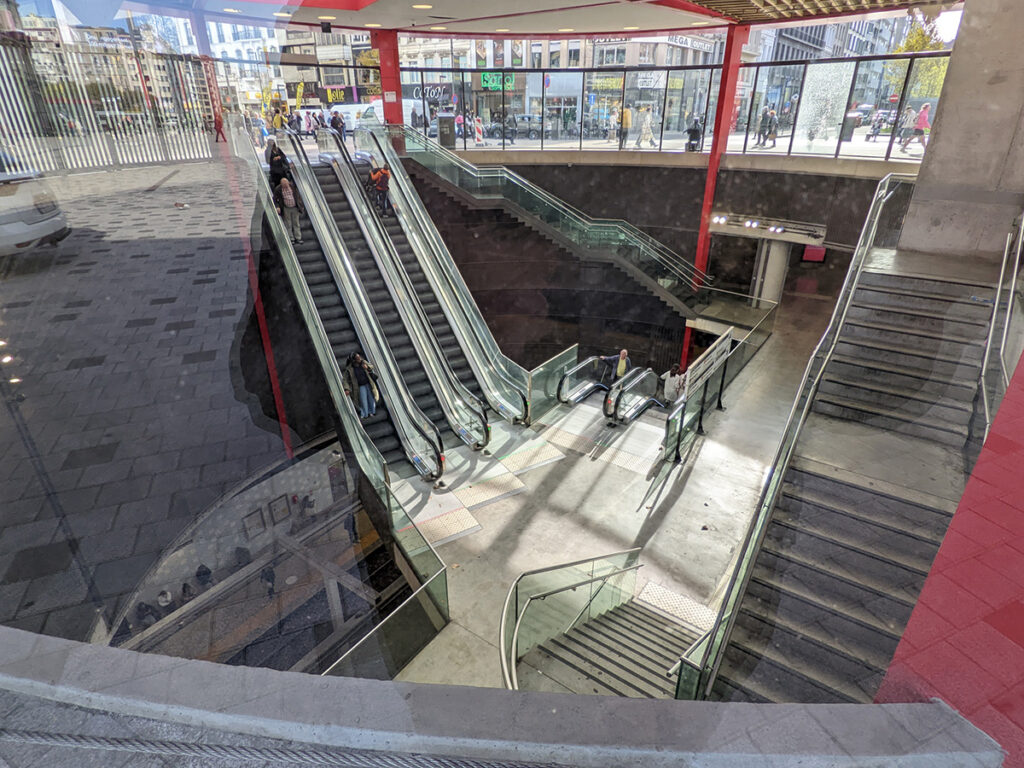



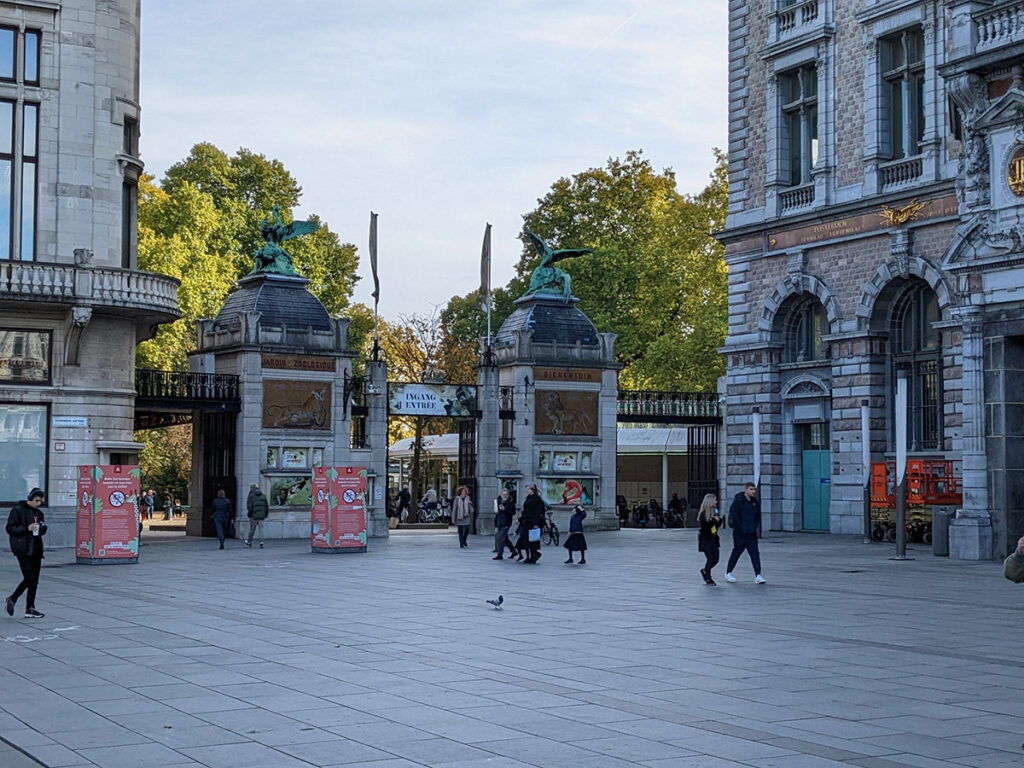
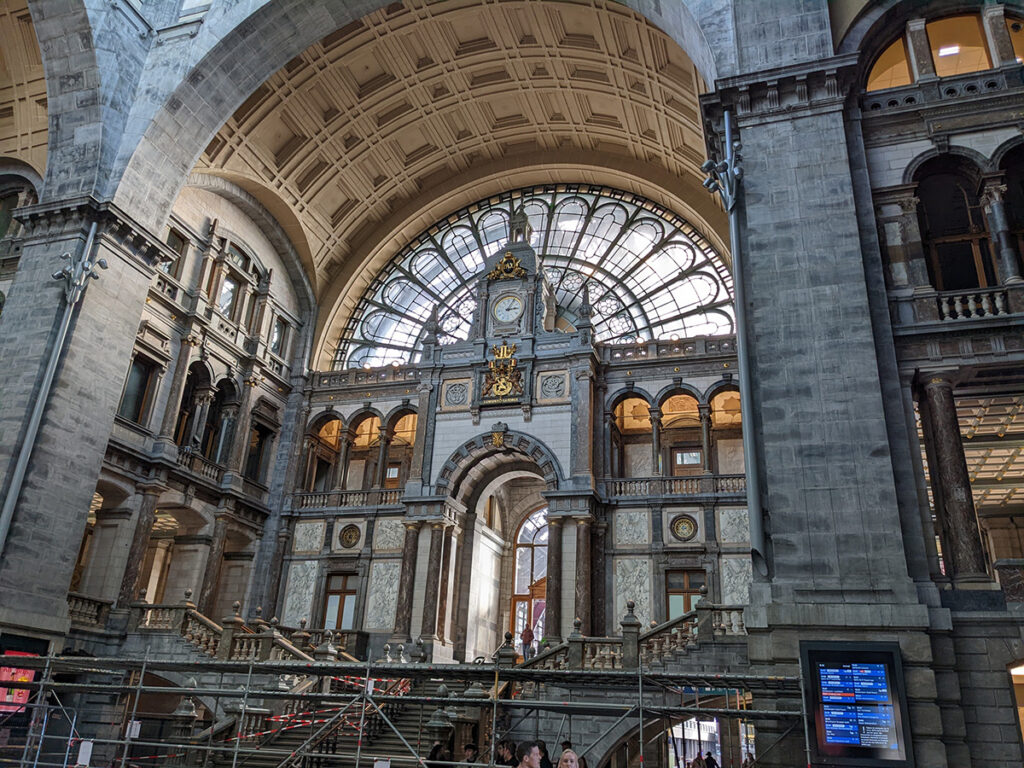
Lier
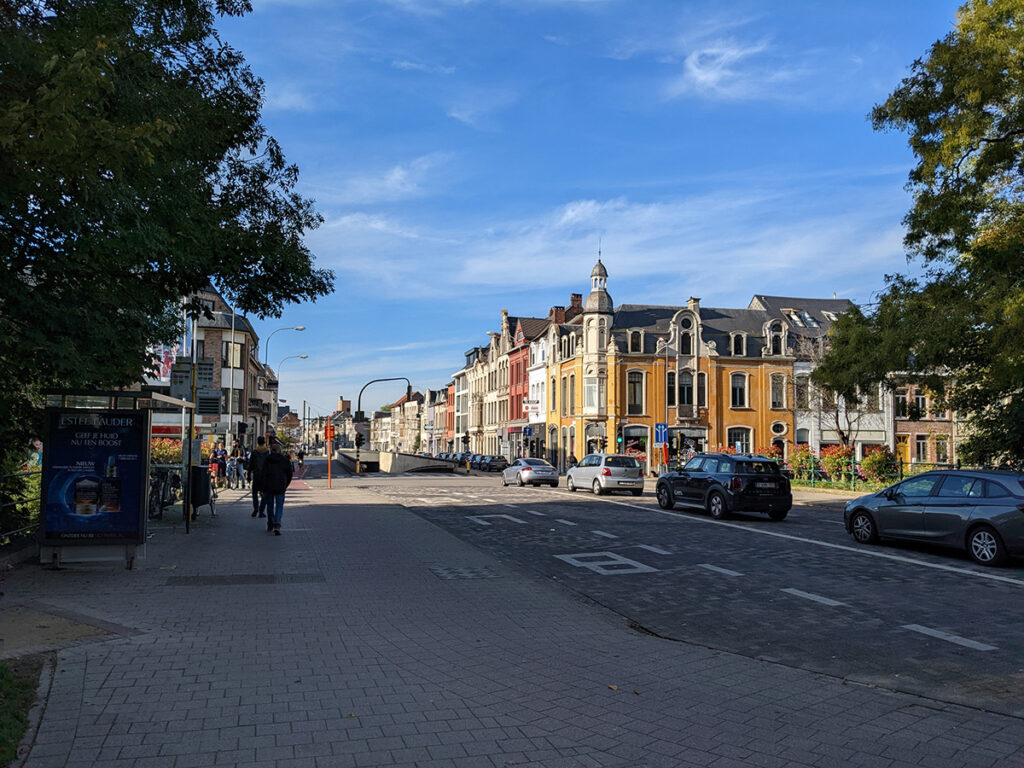
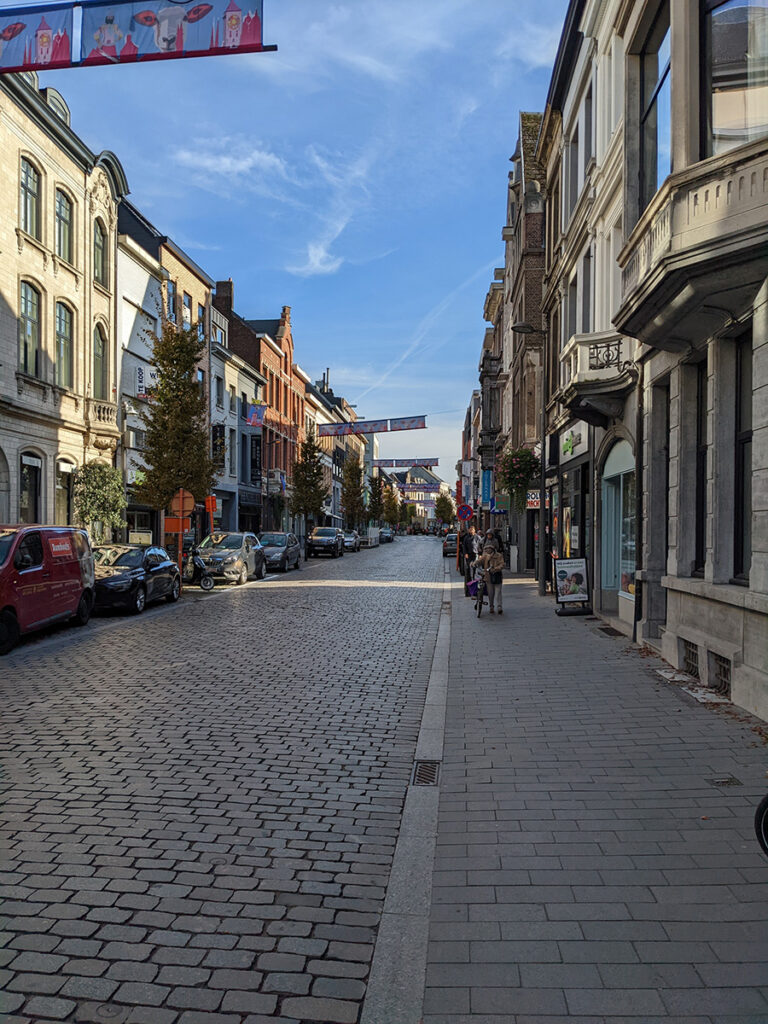
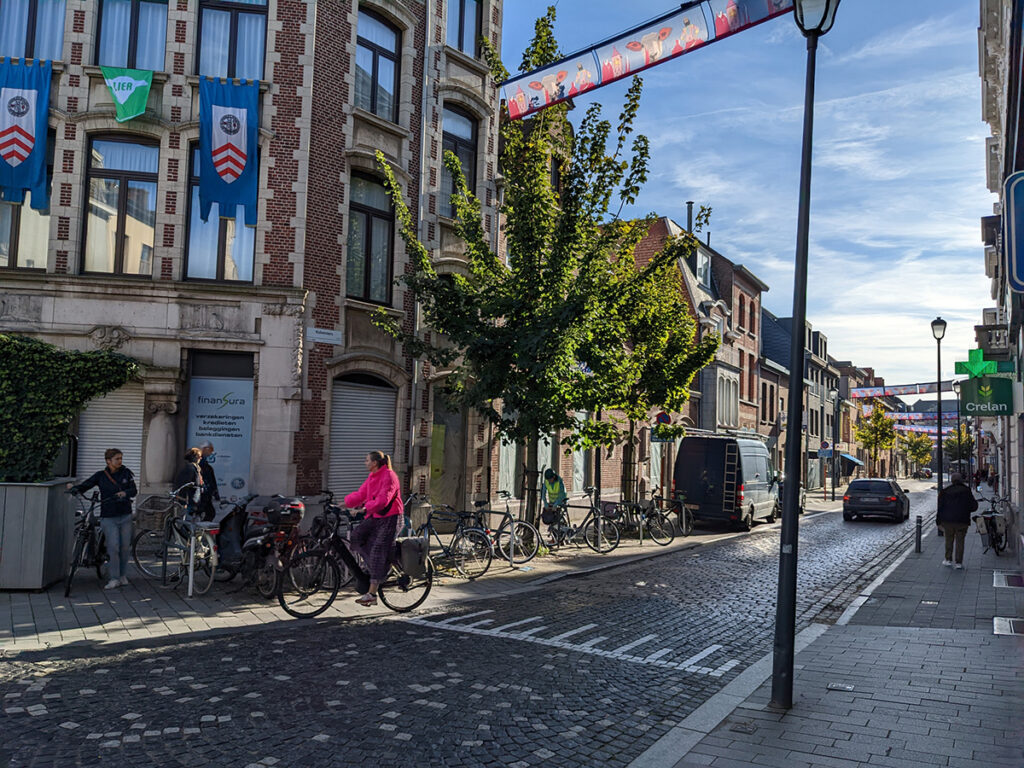
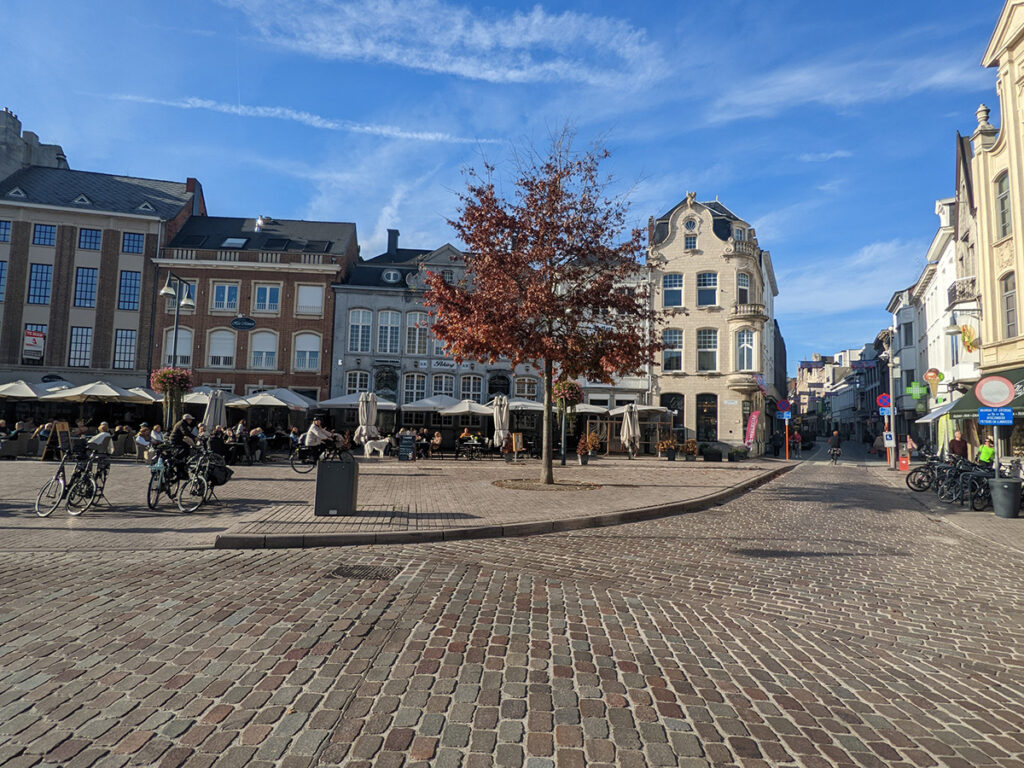
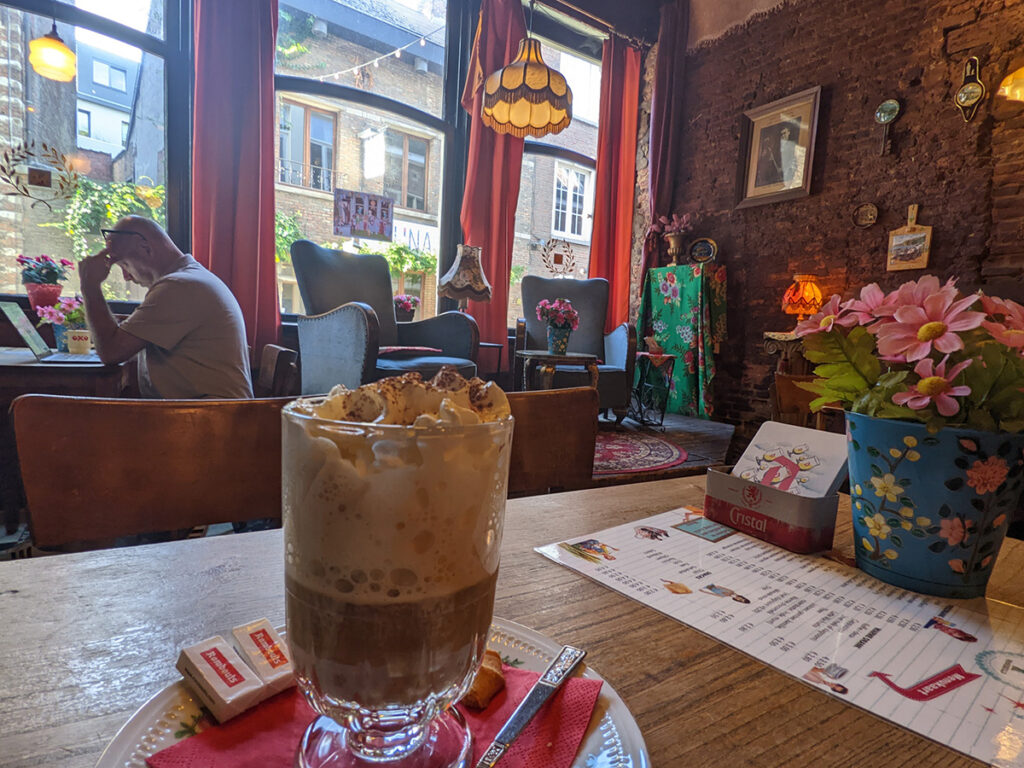

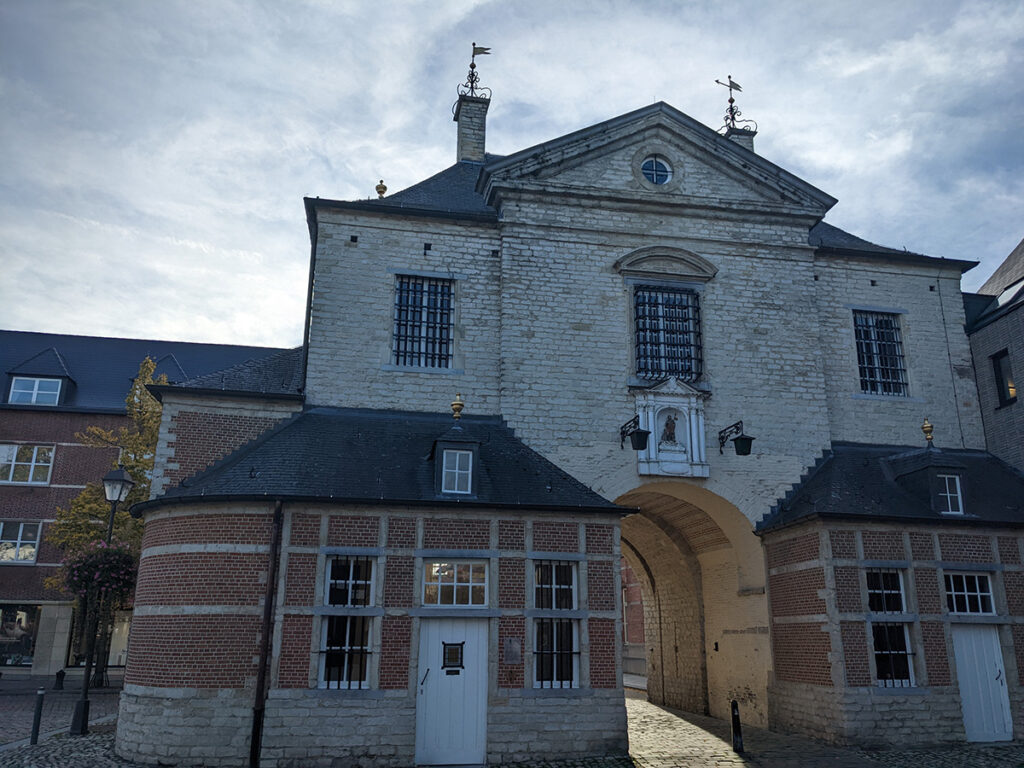
Zimmer tower / Wonder Clock
A small museum dedicated to the work of astronomer and clockmaker Louis Zimmer was surprisingly interesting. The tower housing the town’s famous clock is part of the 14th-century fortifications of the city, but the clock was added to celebrate Belgium’s 100 years of independence (1830-1930). The mechanisms are duplicated in the Wonder Clock, along with a plethora of indicators that range from the tide cycles in major ports to the axes of each of the planets. That clock was built for the 1935 world’s fair in Brussels and was also on exhibition in New York. It’s still advertised as containing the world’s slowest dial, one which tracks the axial tilt of the Earth over its 25,800 year cycle.

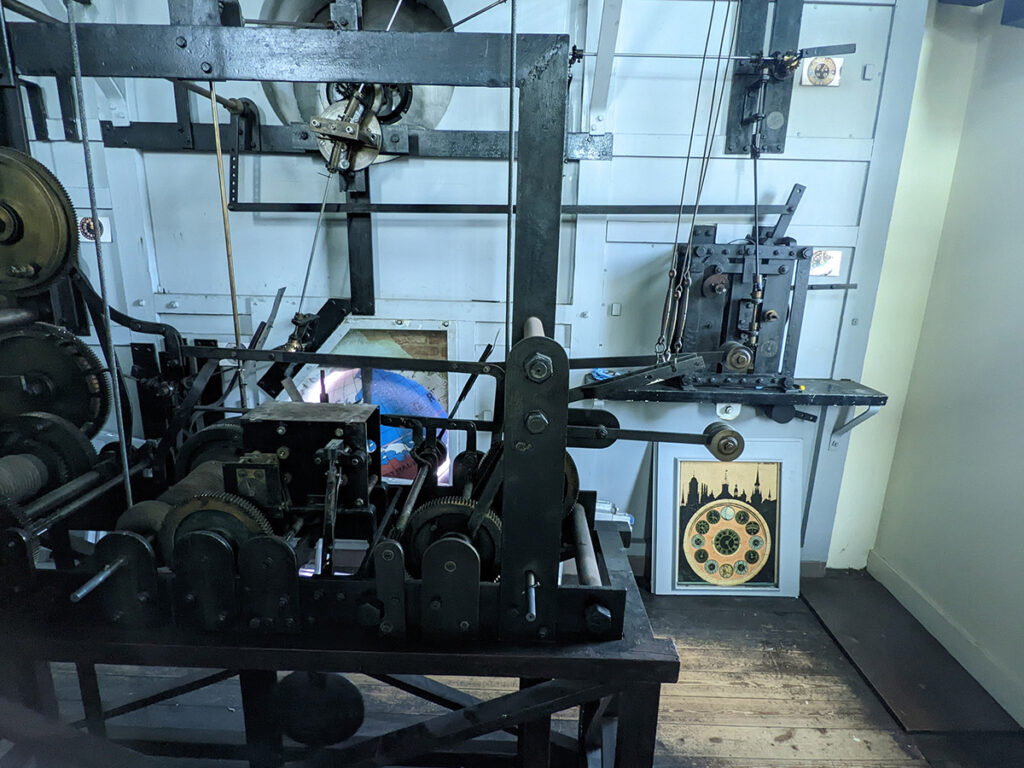
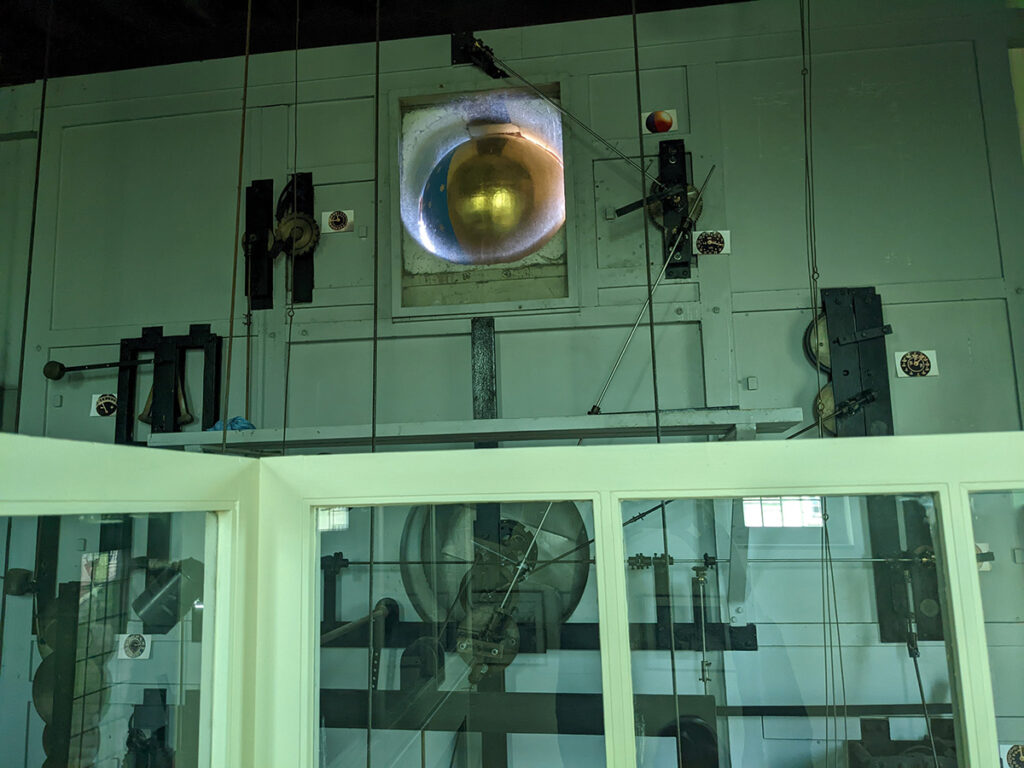
The best view of the inside is visible in this photo sphere. (Click the image, then the circular arrow in the center of it to access a draggable view around the room.)
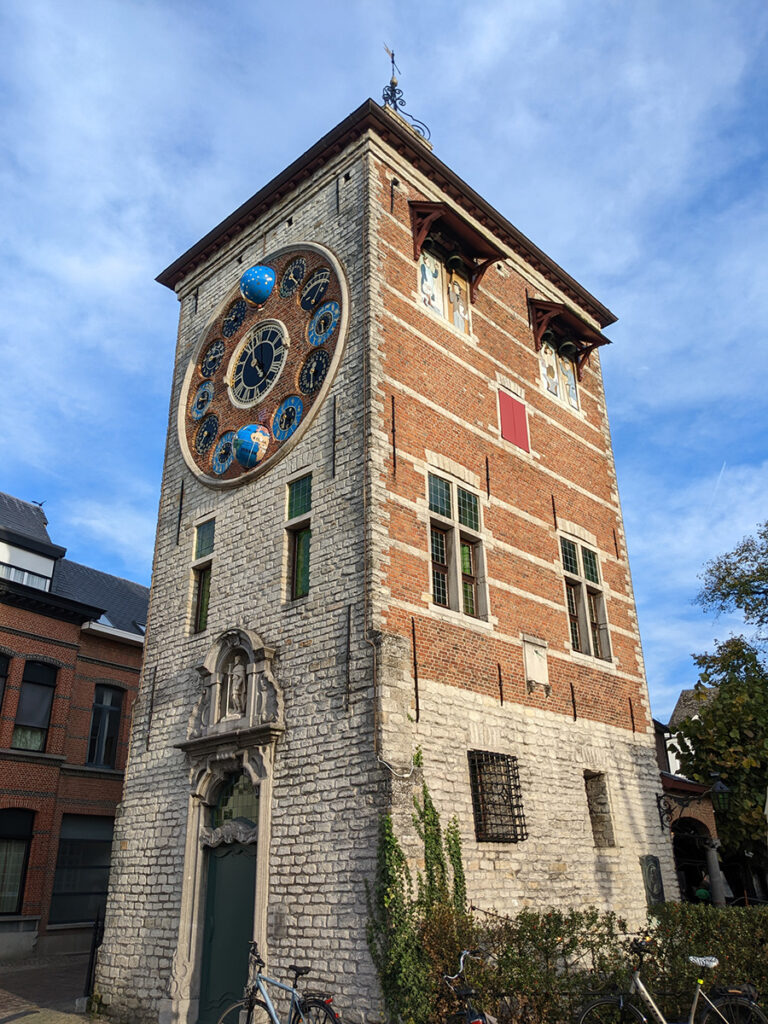
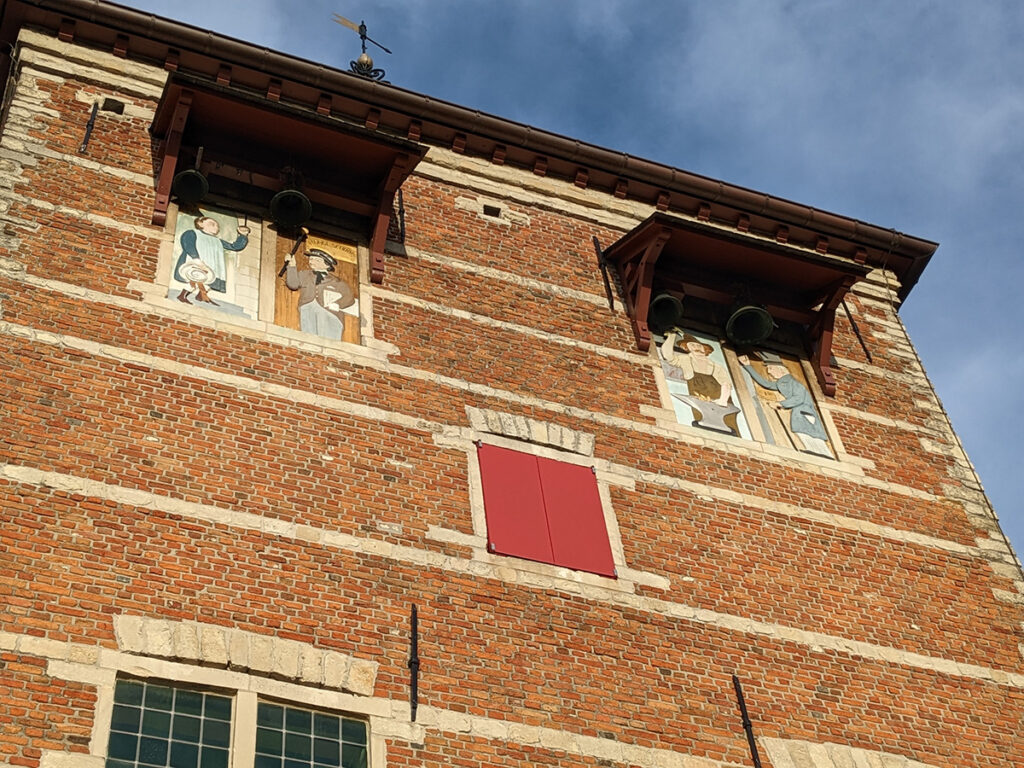

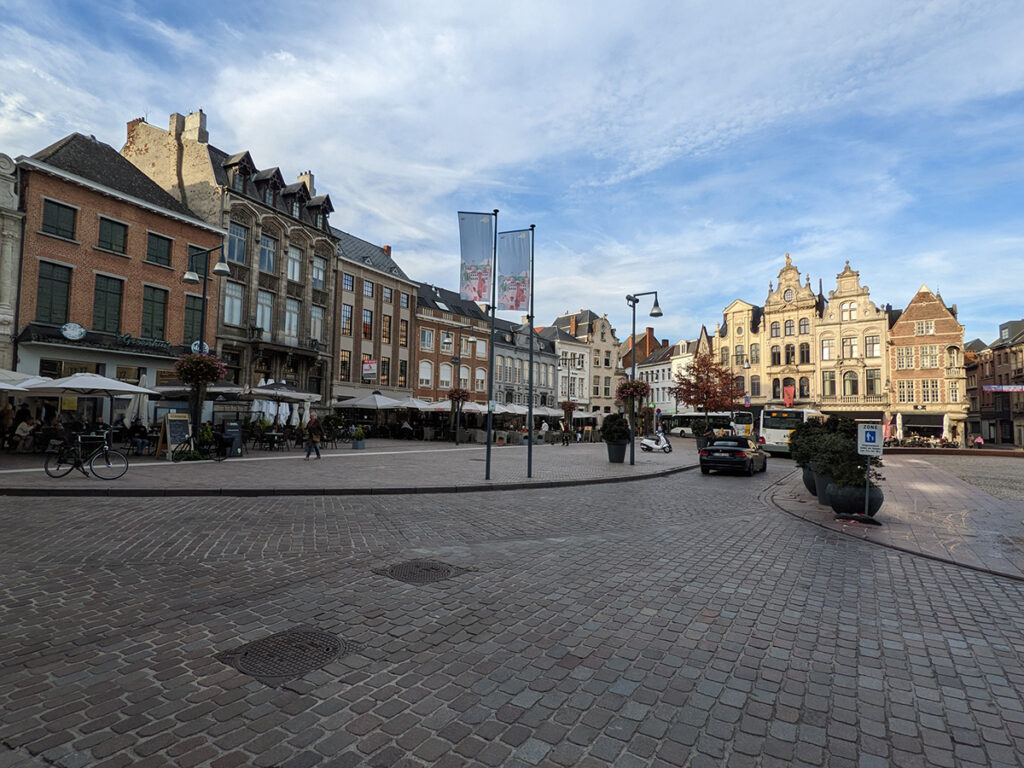
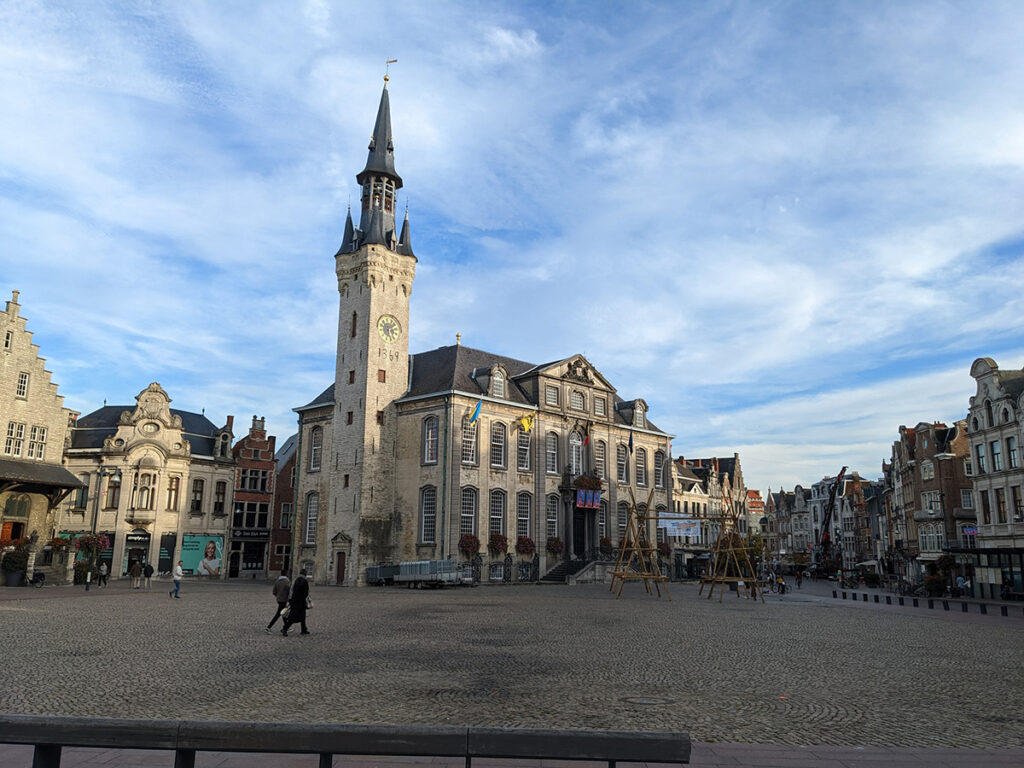
Back to Antwerp
As an American, their hours are really strange. Meirstraat is the premier shopping street of the city, but it was almost entirely shut down by 7 PM. A temperature drop was a reminder of leaving a beanie behind in Luxembourg, and more socks were developing holes from so many miles of walking, so a row of closed doors was an unwelcome sight.

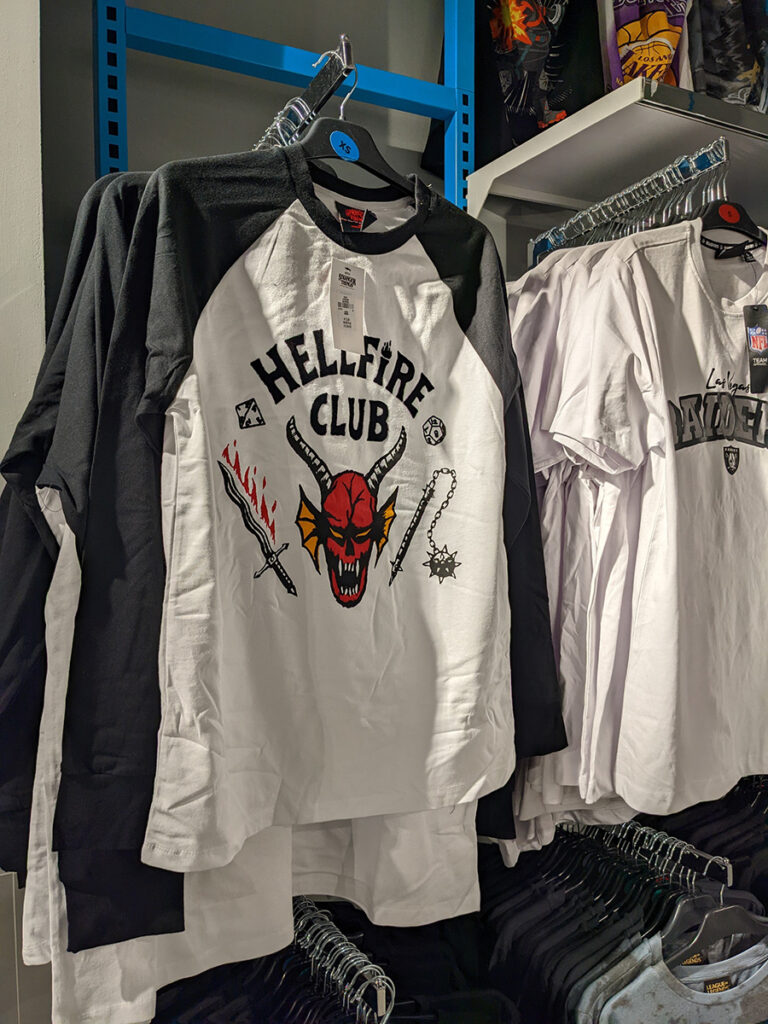
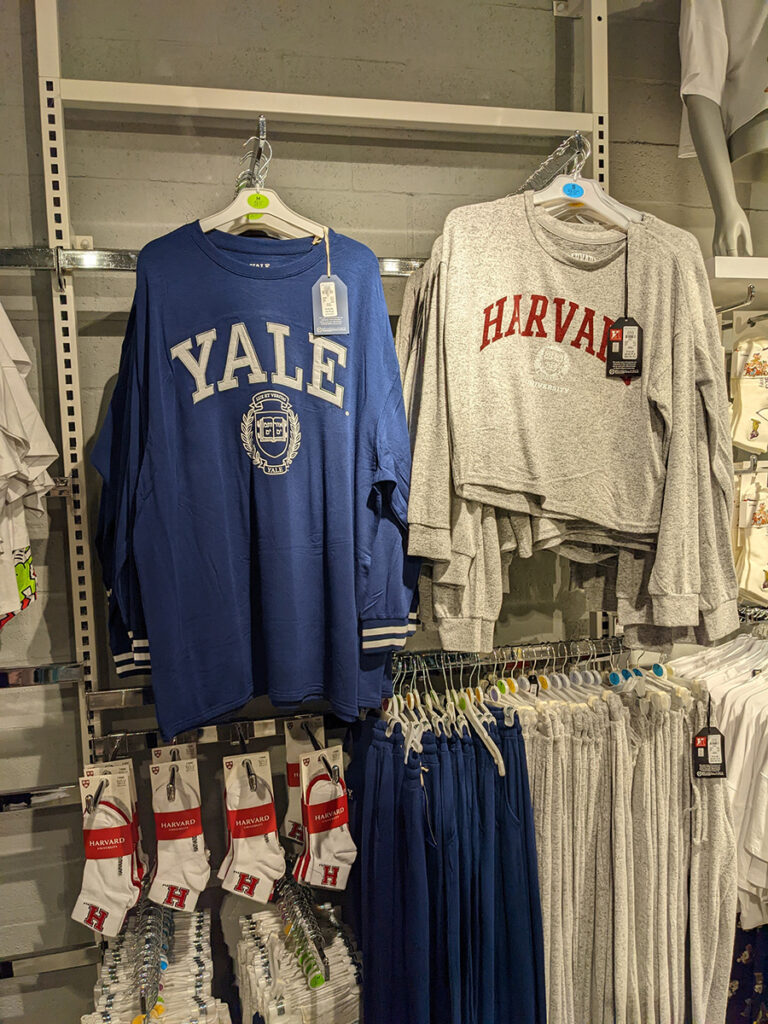
An International Experience
Having acquired warm socks and a new beanie for the upcoming trip to Switzerland, there wasn’t much to do for the evening. After looking online for local events, a nearby language meetup became a last-minute addition to the day.
A small group of people gathered on an upper floor of ViaVia reiscafé (travel café), each with a stick-on tag indicating the languages they spoke. It was a fitting location given that ViaVia has thirteen locations scattered across four continents in multicultural environments as part of a “network that connects people, gets them in touch with the amazing diversity of our world.” (more at https://viavia.world/en/mission-vision)
The expectation was for the environment to be dominated by Dutch, the local language, and English, the lingua franca of the region. In reality, the group included a Russian-native host, two men from Lebanon, a linguaphile who dabbled in a dozen different languages, a group of students studying event management who were there to observe, and even a Ukrainian refugee who was displaced earlier this year.
Perhaps the most interesting observation of the evening was the difference in perspectives of people on the city and on the country based on the circumstances that brought them there. Of the two Lebanese men, one had just come back to Belgium after spending time there as a child then growing up in the United States. The other had come with family to escape the troubled country before things got any worse. Both had opportunities and options, but chose where they wanted to be.
In stark contrast, the Ukrainian woman was bitter and angry. She had a right to be, but directing that frustration on Belgium was an odd choice. The country took her in when war tore her world apart. Whereas one of the Lebanese guys mentioned the incredible healthcare system, she complained about the lack of availability when she started having extreme pain from wisdom teeth.
There was certainly a communication barrier and ignorance of how to navigate the local system involved, but rather than focusing on this and other complaints, mentioning it is intended to provide insight into how people perceive places. Personal choice is an immense factor. It should have been incredibly obvious without this experience, but those who make an active decision to live in a place are more likely to integrate and to have positive interactions. Those who feel forced out of their homes to whichever place will take them may end up moving to ethnic neighborhoods to recreate a feeling of home, or perhaps just living in relative isolation while lamenting the surrounding society that they wanted no part in. This eureka moment would shape further impressions and comparisons between Belgium and the Netherlands, but more on that will have to wait for covering more of the latter.
